Before the pandemic and the uptake of Microsoft Teams, if you’d have asked me what the biggest product line for the giant from Seattle I would have probably looked to the Surface line for answers.
Especially in the knowledge that Microsoft’s latest foray into the mobile side of the tech landscape would be under the ‘Surface’ brand, the line up that started life as a tablet that could replace your laptop has been one of the success stories for a company largely bank rolled by it’s Office software and Windows operating system (also acceptable answers by the way).
The only criticism of the Surface line was the price. All devices were over £600 and if you wanted a device towards the top of the line, that price moved close to, and in some cases beyond, the £1,000 mark.
You may wonder why that matters, but the market for power users is smaller than that of the average consumer. Word and Chrome are a couple of the most downloaded and relied upon programmes in the world for a reason and a lot of the internals of the Surface line could be wasted on Joe Blogs who just wants to put his opinion on the internet, or a teenager who wants to write essays at the last minute after binging Stranger Things.
The point is there was not a ‘lite’ version in the Surface line up when it comes to traditional Laptops. That is, until now:
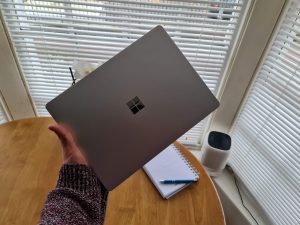
Unboxing
It’s such a simple pleasure but so important. Unboxing is one of those simple pleasures that can enhance the experience or dampen the excitement of buying new tech.
I’m pleased to report the former when it comes to the Laptop Go. As with many devices these days, the dimensions of the laptop dictate the size and shape of the box but it’s nicely boxed, there’s plenty of padding and a thin sleeve in which the laptop is found and cover between the keyboard and the screen prevent any scratches and nicks whilst in transition.
Opening up and setting up the laptop however, is a different story. In a word, I’d describe it as extensive. I may be used to reviewing mobile devices a bit too much, but it felt like I was bombarded with questions and options for filling in information. Even once I was past the email login, diagnostic reporting and Windows Hello set up, I felt like I had to trawl through Outlook and OneDrive options, linking a mobile device and Cortana preferences and then had to wait a couple of minutes to do some final configurations.
It’s not that each section of the set up was an outrageous question either. It was the fact that you were greeted with some options, made a decision, got ready to see a sign in screen, only to be greeted by the next box asking you for similar information or to make the same decisions. The whole process felt like it took a long time.
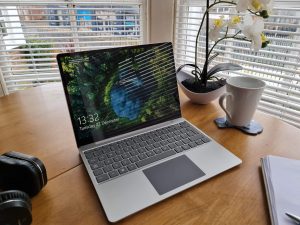
Design
The design is great. One thing that I hate about ‘budget’ laptops is that the manufacturer often compromises heavily on design in order to maximise the internals; and that’s understandable. But the Surface Laptop Go looks great. The mirror shine from the Windows logo on the lid, the small bezels around the screen and the full sized keyboard that doesn’t feel squashed all contribute to the premium feel when using this laptop.
Lets get into facts. The Surface Laptop Go measures 278.18 mm x 205.67 mm x 15.69 mm and weighs just over a kilo. The display is a 12.4 inch 1536 x 1024 touchscreen and is housed below a 720p HD camera with studio mics littered around the screen. The sides of the device are home to two USB ports divided into one USB C and one USB A, an SD Card slot, headphone jack and surface connector which charges the device.
Those configurations are built to help people use the Surface Laptop Go for work. The addition of a HD camera and high level microphones are there to help make the video conferencing experience better, I don’t think there’s any doubt about that but overall the design of this device ticks all the boxes.
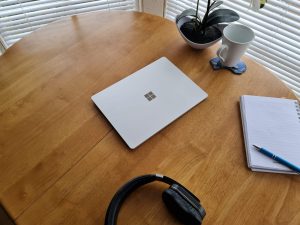
Performance
Now the big one, does it work? The short answer is yes, and there are really no caveats to that at all. The Surface Laptop Go runs on a 10th Generation Intel i5 processor, with either 4GB or 8GB of RAM and a choice of 128GB and 256GB of storage which combines to create a great overall experience. Using the device, the processor is quiet and rarely gets too warm, in fact, I didn’t realise there was a fan in it until it kicked up for a couple of minutes after a few hours of working on Chrome. Aside from that, you’d think this was a fanless design.
The laptop is quick and responds to touch without delay, which I know seems silly to add but it can be an issue. Housed in the power button, the fingerprint reader is also nice and quick and follows the trend of using biometric identification to log in to accounts and pay for purchases, which I like. Battery life is also great, I had no complaints when it came to the battery itself but the surface connector that charges the laptop would often come out when I was casually using the laptop on a sofa for example.
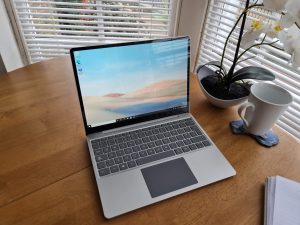
Overall
Overall this is a great laptop and your average user will like it. Unfortunately, with the entrance of tablets a few years ago, a laptop is rarely needed in casual use, unless there is an email or letter to write, with shopping and video streaming apps proving the more popular choice for consumers.
However this Laptop is not necessarily designed for the average consumer. Starting at £549, this is the laptop you want for the kids school work, or to set up up for the new working from home reality. It’s light, it’s small, it’s quick and it’s built to work today, where the other laptops at the price point are either years old or made cheaply.
This is a workhorse, or even, a little donkey. That’s meant in the best possible way, but this laptop, although less expensive than 99% of the Surface line and with less capabilities, will often do just as much as of the heavy lifting. And isn’t that what you want at this price point?

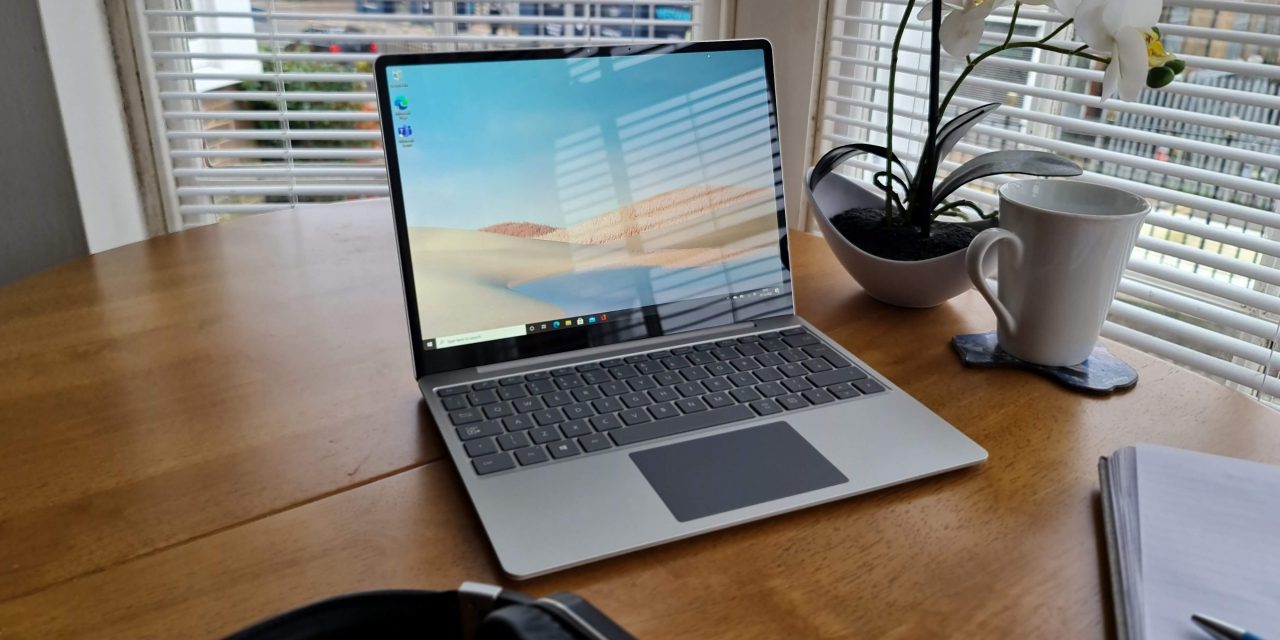



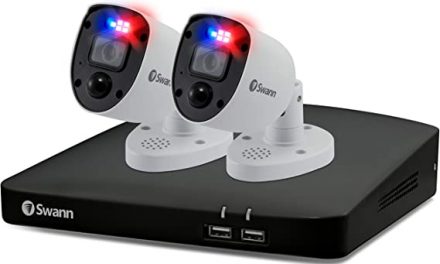




Recent Comments